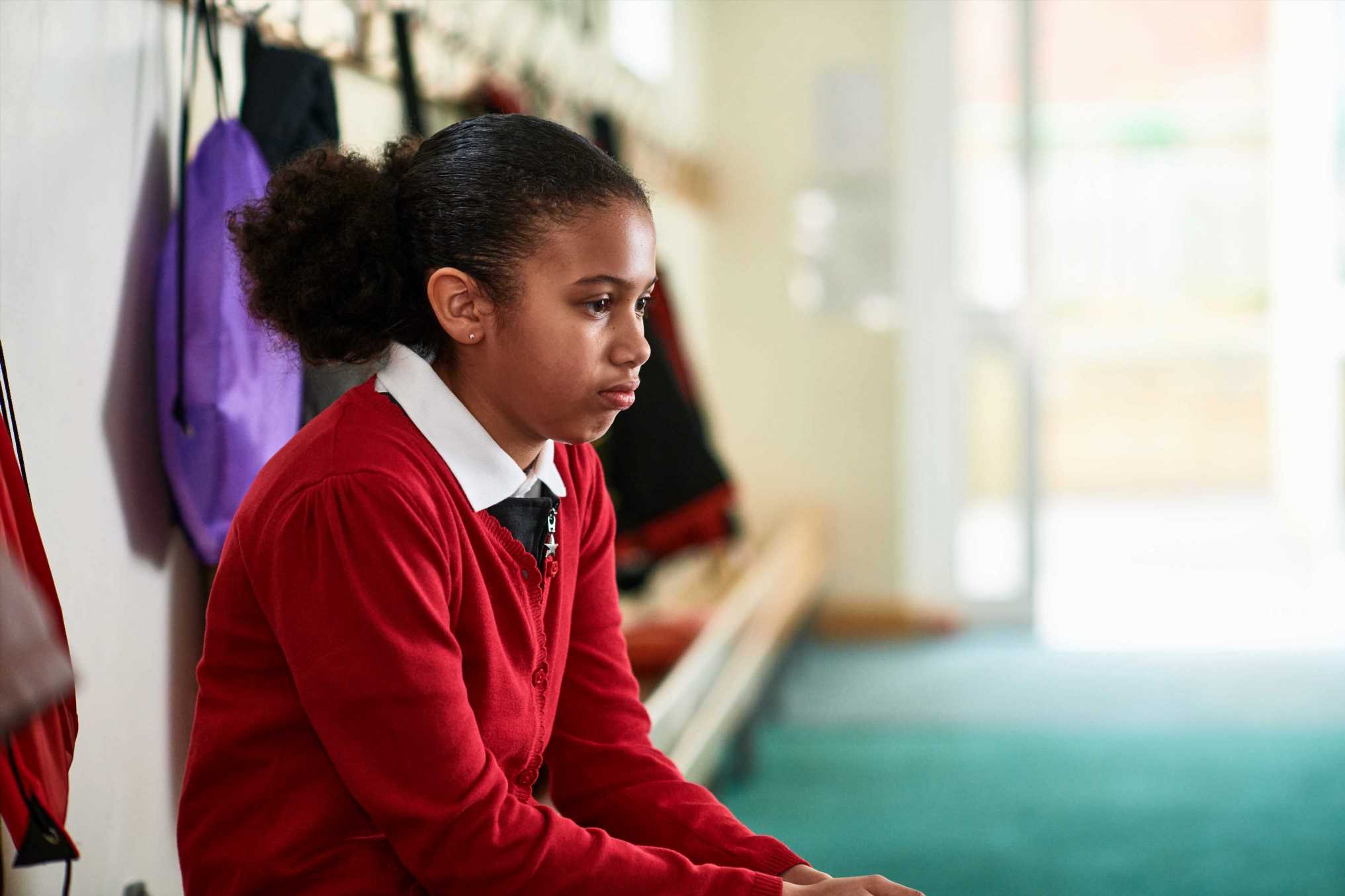DEALING with your child’s grazed knees, coughs, colds and sickness bugs can seem a doddle in comparison to mental health problems.
Often conditions like anxiety, depression and eating disorders can creep up on families with few early signs, and knowing how to help your child can feel overwhelming.
As part of The Sun's Beat The Back To School Bugs series, we're here to help you and your child ease into the new school year in the best possible shape, physically and mentally.
From tackling nits to making nutritious packed lunches, resetting your sleep routines and knowing your way round childhood vaccinations and the threat posed by Victorian diseases, we have you and your family covered.
When it comes to taking care of your family’s mental health, know there is professional help available, and you and your child are not alone.
WHAT TO LOOK OUT FOR
Ali Curtis, National CAMHS Nurse Lead for Cygnet Health Care, says: “The key signs that a young child or teenager may be struggling with their mental health include low mood, anxiety, eating difficulties/disorders, difficulties with body image and suffering from bullying.”
Read more on back to school
Tired of the bedtime fight? 10 steps to reset your child’s sleep pattern now
I’m a headlice expert, how to actually prevent your kids from getting nits
She says there are certain behaviours to particularly be alert to.
Ali says: “If your child becomes withdrawn and/or becomes socially isolated, their behaviour suddenly changes, they become less interested in their personal hygiene or they seem less interested in activities they previously had an interest in, these are all signs your child could be struggling with their mental health.
“Voicing concerns about their weight, or being secretive with how much they're eating could also be signs of eating difficulties.”
HOW TO BROACH A CONVERSATION
With teens especially, striking up a conversation about mental health can seem daunting and a recipe for slammed bedroom doors.
Most read in Health

Mum dies after reaction to ‘tiny’ dog bite while looking after friend’s pup

The ‘silent’ symptoms of dehydration & heatstroke you might miss in your child

From Aloe to Zea, the best herbal remedies and what they can do for your health

Signs of diseases hidden INSIDE your mouth – from cancer to HIV & how to check
But it’s important to try.
Ali says: “Discussing poor mental health needs to be as normal as discussing physical health concerns, however, for most people it is still a difficult subject to broach.
“Take a genuine interest in your child’s day, listen and be non-judgemental with any disclosures, even if they are really difficult to hear.
“Young people need a safe space to share worries, concerns and fears without fear of being judged or getting in trouble.”
A few strategies can help things go more smoothly.
Ali says: “Some parents we work with have used soap storylines or news headlines to start a difficult conversation, or programmes on TV such as This Is Us, Normal People or documentaries like Jesy Nelson: Odd One Out or Nadiya: Anxiety and Me.
“Watching these shows or discussing them together can be a good ice breaker.
“It’s really important for parents to be open and honest and discuss what you’re worried or concerned about.”
Listening and making a plan with your child, not for them, can make a real difference.
Ali says: “Where possible, give your child choices about how to move forwards in accessing help, and when.
“Allowing your child to take some control in the process can be very empowering.”
SEEKING PROFESSIONAL HELP
Don’t put off accessing additional support if you feel that your child would benefit.
Ali says: “There are some fantastic helplines and websites for informal support – I’m a big advocate for YoungMinds and recommend this to parents and carers.
“Young people can also access informal support through YoungMinds online and this could be a preferred option instead of calling helplines (like Samaritans and Hopeline UK).
“Especially since the COVID pandemic, it appears young people are more engaged online than ever before and seeking help and support in this way may be preferred to using helplines or in-person.”
Aside from online help, Ali says the first step for formal support is to see your child’s GP.
She says: “From here, different referrals for mental health professional input can be made, depending on your child’s difficulty.
“If you have concern for your child’s immediate safety, please take them to A&E.”
HOW TO TACKLE BULLYING
Bullying can be very distressing and difficult to deal with.
Ali says: “Signs can include your child avoiding social settings they previously enjoyed such as school, clubs and activities, by making up excuses or faking illnesses.
“They may become secretive with their phone, laptop, social media [and exhibit] changes in eating habits, sleeping difficulties or becoming withdrawn, [and showing] increased anxiety.”
Be proactive about supporting your child.
Try having a conversation, using the tips above that you would with any mental health issue.
Ali adds: “If you are worried your child is being bullied, ask for a meeting with the teacher.
“You will be able to share your worries and concerns, discuss any changes in behaviour you have observed and the teacher may have more information around current peer dynamics.
“From here, relationships between your child and their peers can be more closely observed and escalated if appropriate.
Read More on The Sun
Christine and Paddy McGuinness reunite for daughter dinosaur themed party
I’m 73 & told I need to dress appropriately for my age – I wear low-cut rompers
“Most schools have a pastoral team who will be able to be vigilant for bullying behaviours and provide both emotional and practical advice and support.”
And remember to keep an eye on your own mental health and wellbeing – Mind has lots of available resources you can tap into.
Source: Read Full Article





